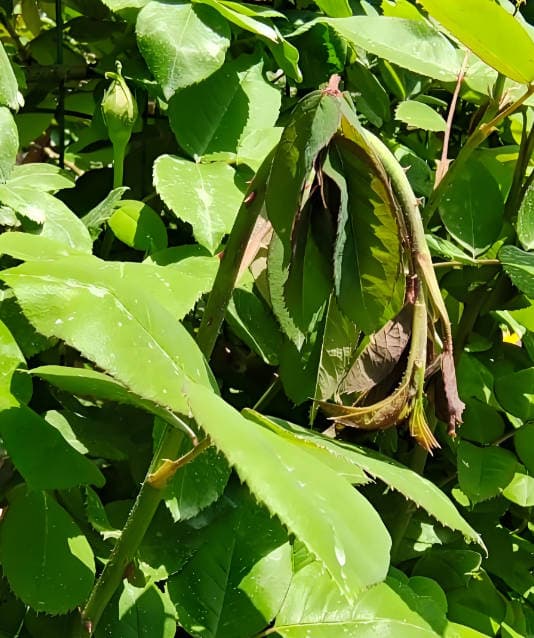How to Water & Fertilize Roses for Maximum Blooms
As spring temperatures rise, the midday sun intensifies—this morning, I already felt its heat while watering my roses at 10 AM. This is when proper watering and fertilizing become critical for optimal flowering. Many gardeners unknowingly make two mistakes: watering at the wrong time and using the wrong fertilizer. The key is morning watering (to avoid heat stress) and balanced fertilization (to support vibrant blooms).
Today, we’ll discuss spring rose care, focusing on watering and fertilizing strategies.

Establishing the Right Maintenance Approach
Many gardeners ask: “How often should I water roses in spring—every other day?”
If you’re wondering the same, pay close attention—
Watering frequency should not follow a fixed schedule but should instead depend on the soil’s wet-dry cycle. This rule applies to nearly all potted plants and can be summarized as: “Water when dry, skip when moist.”
The soil’s drying rate depends on several factors:
- Weather conditions
- Temperature fluctuations
- Air circulation
- Pot size
- Soil composition
- Plant growth stage
Thus, there’s no universal watering schedule. Another gardener’s routine may not suit your roses, as light exposure, pot size, and soil mix likely differ.
Best practice: Under stable conditions, observe and adjust watering based on your roses’ needs, adapting as the environment changes.

Spring Water & Fertilizer Management Guide
April marks the peak growth phase for roses, increasing their water and nutrient demands. In sunny weather, moisture evaporates quickly—without timely replenishment, plants may suffer drought stress or nutrient deficiency.
1. Adjust Watering Frequency Wisely
- Small pots (with vigorous growth): If the topsoil feels dry, water immediately to prevent midday dehydration.
- Large pots (with smaller plants): Wait until evening watering to avoid overhydration.
- Climbing/rambling roses: Water as soon as the topsoil dries, or leaves may wilt by evening.
Pro Tip: Check soil moisture every morning and adjust accordingly. If morning watering doesn’t last until evening, repot into a larger container.
2. Emergency Watering
If plants show drought stress (even at midday), water immediately. While midday watering is generally discouraged, dehydration harms roses more than a quick drink. This applies to both potted and garden roses.
3. Increase Fertilizing Frequency
More frequent watering leaches nutrients faster, so fertilize more often. Example:
- Before: Water every 5 days → Fertilize every 5 days
- Now: Water daily → Fertilize every other day
Note: Home gardeners needn’t strive for precision—adjust flexibly based on time availability.

4. Using Slow-Release Fertilizers
For time-strapped gardeners, slow-release fertilizers (or well-rotted organic compost) are ideal. Remember: Maintenance effort affects bloom quality—differences in flowering are normal.
5. Fertilizer Selection by Growth Stage
Roses need different nutrients at each phase:
Bud formation (April): High phosphorus (P) & potassium (K).
Recommended:
- Monopotassium phosphate (0-52-34) – Pure P & K for flowering & root strength
- Balanced NPK fertilizer (e.g., 10-30-20) – Supports overall growth
Key reminder: Avoid long-term single-nutrient fertilization. Adjust based on the plant’s visual needs.





